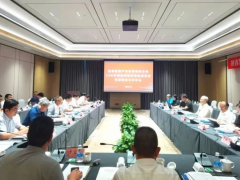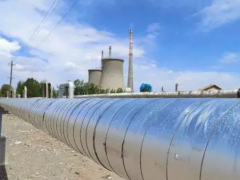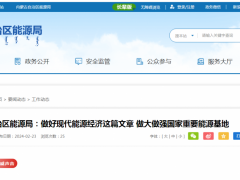学习加拿大卡尔加里大学、加拿大皇家科学院院士程玉峰教授《进一步推进输氢管道氢脆研究探讨》报告受益匪浅,报告中提及的10个问题,梳理(英译中)如下:
Q1: Does enough H atoms generate in gaseous hydrogen pipeline to cause crack? 含氢/氢气管线中能否产生足够的H原子从而导致开裂?
Q2: Is the cathodic H-charging representative of the gasous H-charging? 阴极电化学充氢是否可以代表气相充氢?
Q3: Why are H atoms not charged (or at an appreciable amount) in the steels in gasous environments? 在气相环境下,钢中为何没有充氢(或氢含量不高)?
Q4: What is a reliable gaseous H-charging method with a convincing reproducibility? 哪一种方法是可靠、重现性好的气相充氢方法?
Q5: While the controversial results on stress strain behavior are obvious, which is correct and how does the H2 gas environment affect the deformation behavior of steels? 已发表研究文献中应力应变行为有着明显的相反结果,哪一方是正确的?氢气环境是如何影响钢材的(塑性)变形行为?

Q6: While the SSRT results are obviously controversial, does the cyclic loading affect H atom entry and thus the fatigue behavior of steels? How is the H-fatigue interaction? 文献中一些SSRT实验结果明显是相反的,循环载荷是否影响了氢原子的进入从而对钢材的疲劳行为产生影响?
Q7: How is the amount of accumulated H atoms at pipeline defects quantified?More important, how are the modeling results verified one pipes?如何量化管道缺陷处积累的氢原子量?更重要的是,如何在一个管道中验证建模的结果?
Q8: How is th pipeline surface condition reproduced in the lab to obtain realistic H-charging results under controllable test conditions? 如何在实验室中再现管道的表面状态,从而在可控试验条件下获得真实的充氢实验结果?
Q9: How does the cyclic loading affect the H atom entry and distribution in steels? 循环载荷如何影响氢原子进入钢中以及在钢中的扩散?
Q10: How does the cyclic loading reduce the threshold H concentration to initiate cracks? 循环载荷如何降低氢浓度阀值从而诱发裂纹?





